Is it a millipede, or a rock? The ‘evidence’ we’ve already found life on Mars
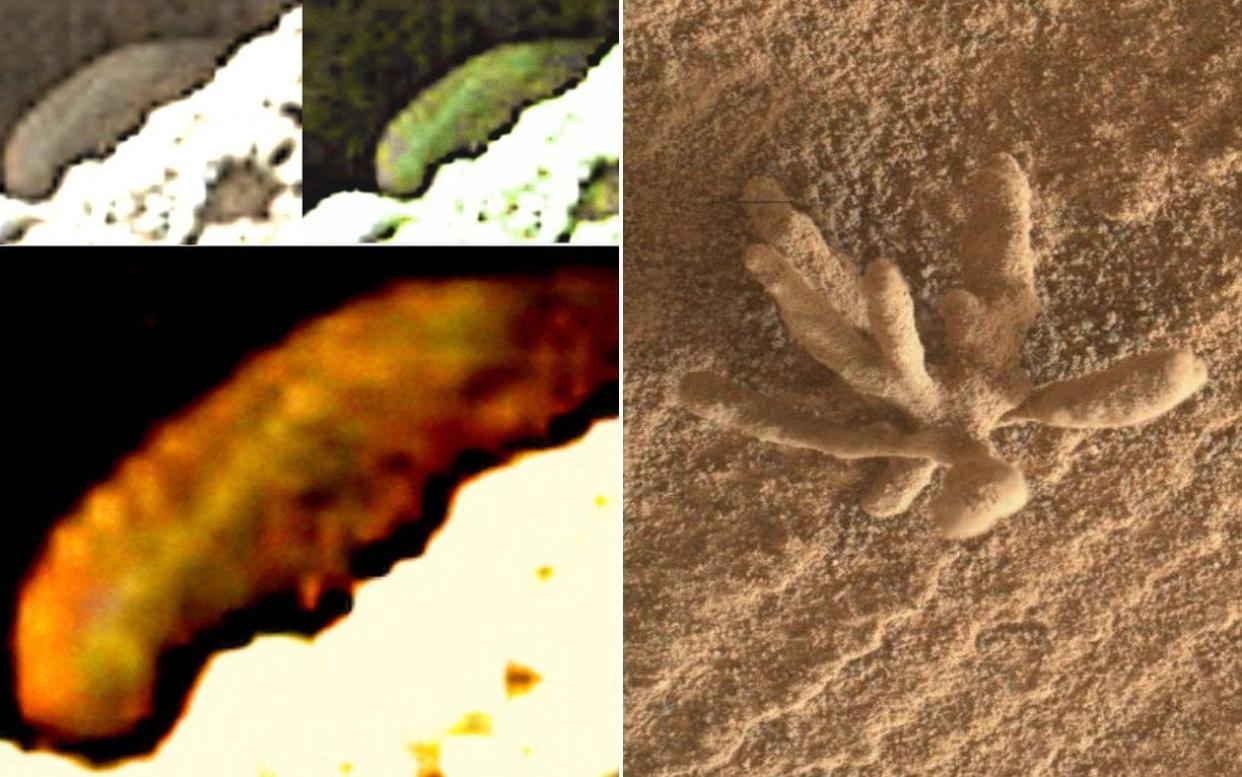
Is it a millipede? Is it a rock?
That is the question that is troubling some scientists who believe that life may already have been found on Mars, if you just look carefully enough.
It is a controversial topic, and one unlikely to be proven until humans set foot on the Red Planet, or Martian samples are returned to Earth.
Yet a small cadre of academics is convinced there is already good evidence that life once existed on the planet, and may even still be thriving today.
The scientists believe they have spotted fossilised sponges, corals, worm eggs, algae, fungi, lichen, shrimp, crabs, sea spiders, scorpions, the tell-tale green glow of living cyanobacteria, and yes, even a translucent millipede, on the surface.
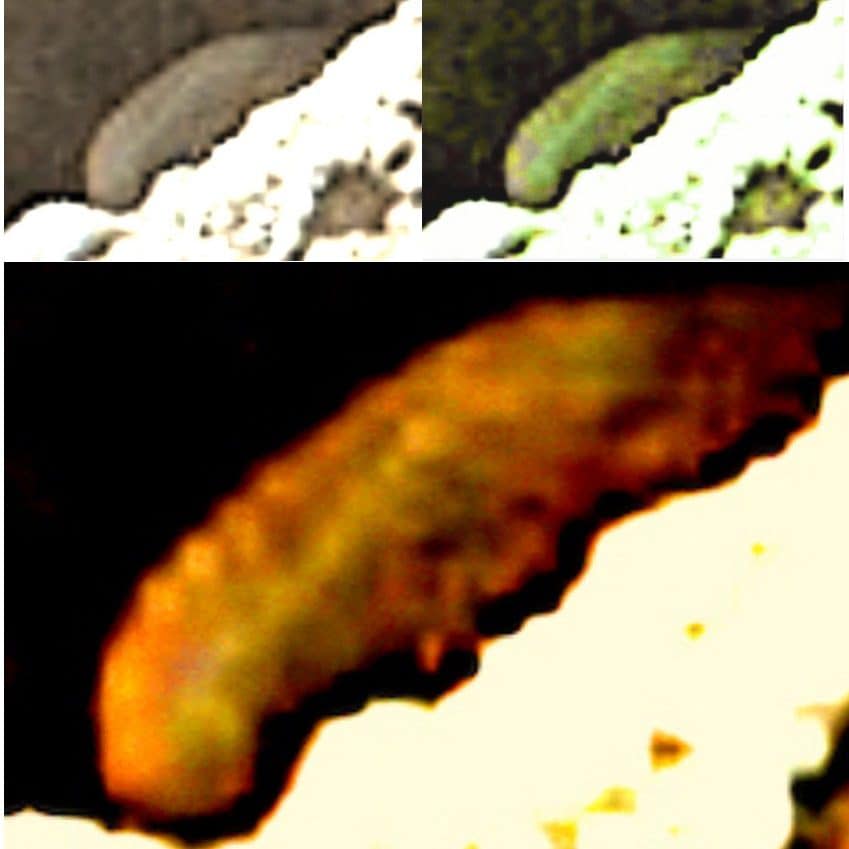
In the last month, a group of like-minded researchers have published four peer-reviewed papers in journals setting out their reasoning for believing proof of life is already there. The papers can be found at the bottom of this article.
“We have photos of fungi growing out of the ground, increasing in size, increasing in number, as based on sequential images,” said Dr Rudolph Schild of the Harvard-Smithsonian Center for Astrophysics, speaking on behalf of the researchers.
“Imagine, if you saw some of these specimens in your backyard, or growing in your bathtub, wouldn't you spend a lot of time investigating, calling in experts, taking photos from every angle, trying to nudge it and see what happens?”
He added: “We have published photos of cyanobacteria growing. We have photos of an unusual specimen that may have been in a hole and two days later is outside the hole. Is that proof?
“Proof would require one of these organisms to walk up and lick the camera. Proof would require extraction and direct examination.”
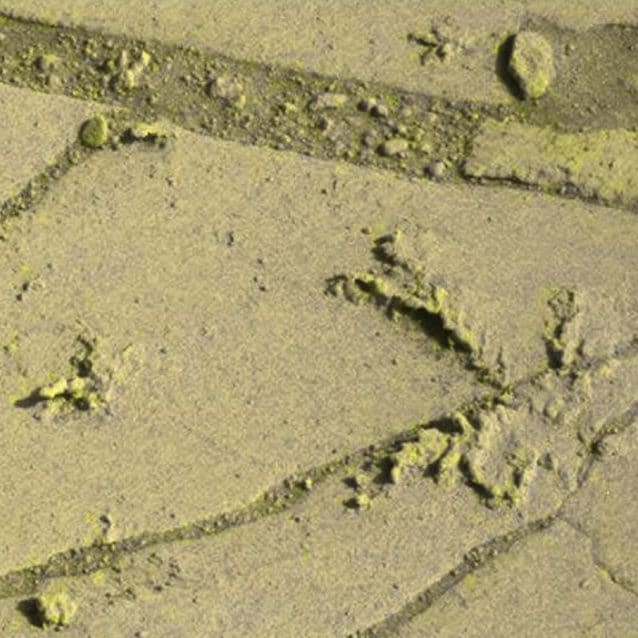
The theories are largely based on intriguing images beamed back from Nasa’s rovers which have been trundling over the surface for the past 26 years.
Many of the “fossils” were pictured inside the Gale Crater, a large impact basin near the equator, which was probably once a large lake.
Researchers say the putative fossils seen there closely resemble those found in the Burgess Shale, a 500-million-year old fossil-rich layer in the Canadian Rockies.
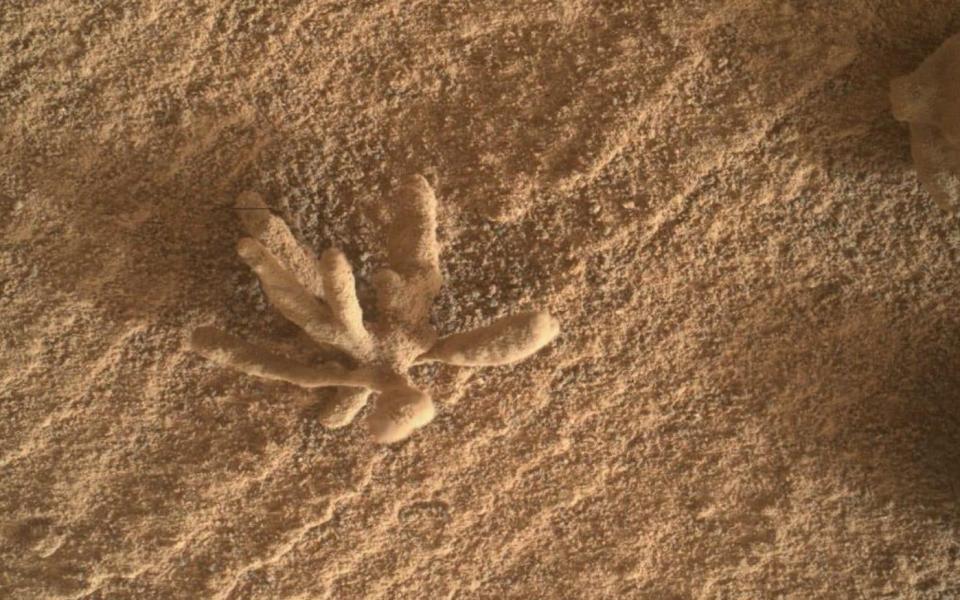
There also appears to be evidence of microbialites - rock-like underwater structures that look like reefs, but are made entirely of millions of microbes.
One of the new papers, published in Applied Cell Biology, argues that semi-transparent cocoon-like eggs have been spotted, less than a millimetre in diameter with a single hole at one end, some of which appear to have “non identifiable specimens” exiting and entering.
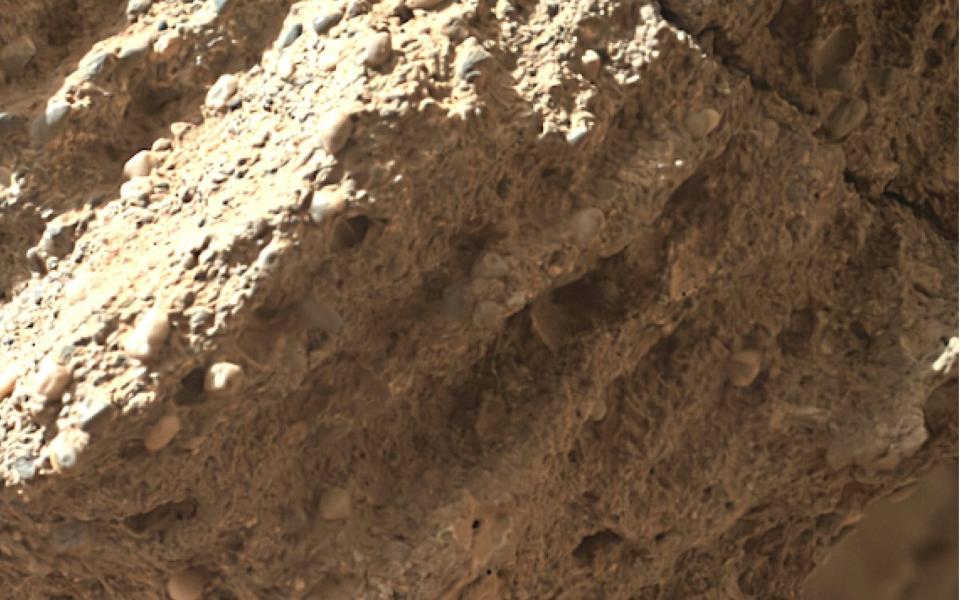
Fungal “puffballs” and specimens attached to rocks with stalks and topped with mushroom-like caps have also been observed in Meridiani Planum, a crater slightly north of the equator.
Another paper in the Journal of Astrophysics & Aerospace Technology argues that deposits in the Gale Crater resemble the Cambrian Explosion - a “bio-boom” period on Earth which gave rise to a period of rapid animal diversity, and which can be seen in the Burgess Shale.
All the authors of the recent papers are convinced that fossil evidence proved life once existed on Mars, although not all are in agreement there are still multiple lifeforms thriving today.
'I have may doubts'
Dr Vincenzo Rizzo, of the Dept of Geology, at the National Research Council of Italy, believes talk of growing fungi or spiders is “hardly credible”.
“I believe that by now the presence of microbialitic structures and algal fossils should be considered established,” he said
“But about living organisms? I saw only rocks. Statements about spiders etc are based only on morphological aspects that are at odds with the biological evolution expected for Mars.
“Even on the supposed mushrooms - although compatible with the actual Martian environment, I have many doubts.
“This does not mean that current life does not exist. Some recent whitish spots and swellings recorded by the rovers may be fungal forms or lichens.”
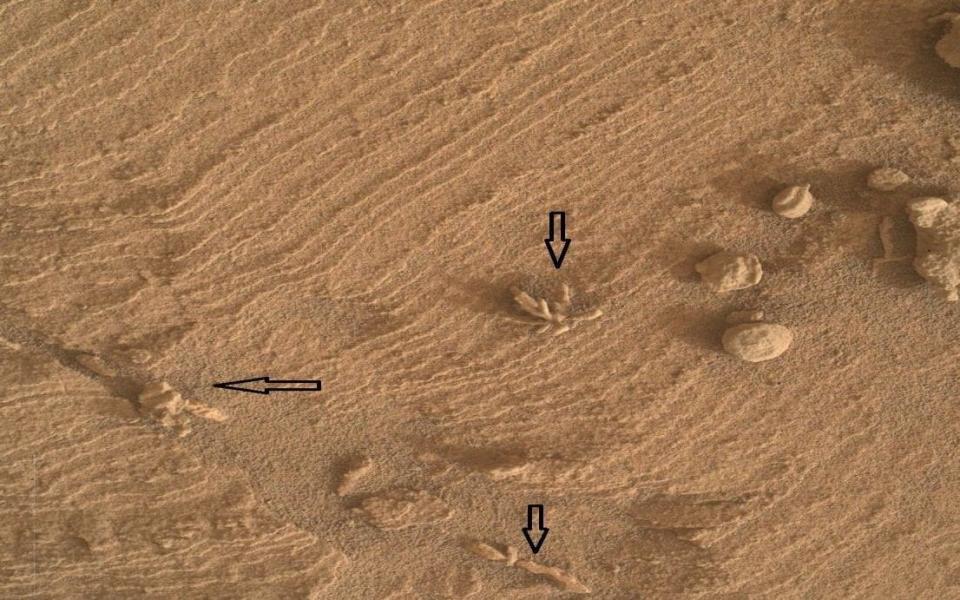
The suspicion that life is present in Mars goes back to the 1950s when oxygen was detected in the planet’s atmosphere, leading many scientists to believe that it had been produced by photosynthesis.
Specimens that resemble algae and cyanobacteria were first observed during Nasa’s Viking missions while probes hunting for biological signatures have recorded spurts of methane - often a byproduct of lifeforms. But real proof has proven elusive.
In an attempt to find out, Nasa’s Perseverance Rover is currently drilling at the Jezero Crater, an ancient Martian lake, with samples due to return to Earth in 2033.
The Chinese are also planning to bring samples home in the early 2030s, while Elon Musk has plans to put humans on Mars by 2029, potentially speeding up an answer to the riddle
Finding life somewhere other than Earth would have major implications for humanity, proving for the first time that we are not alone in the universe. And if life is present so close to home, it opens fascinating questions as to what life might be like further afield.
“Definitive proof would tell us we are not alone,” added Dr Schild. “We could assume that life has evolved on innumerable Earth-like planets.
“This then raises questions about the antiquity of life. There are planets and Solar Systems that are billions of years older than our own. What if human-like life evolved on those planets billions of years ago? The implications are staggering and humbling.”
Arthropods on Mars
Annals of Experimental Biology (2023)
https://www.researchgate.net/publication/368450160_Arthropods_on_Mars
(See figures 1-10 / pages 2-8)
*****
Mars: Cocoons, Fungi, Nematodes, Rhizoids, Annelids, Eggs, Arthropoda in Gale Crater?
Applied Cell Biology (2023)
https://www.researchgate.net/publication/367049073
*****
Growth of Cyanobacteria In Gale Crater, Mars, Based on Sequential Images
Annals of Experimental Biology (2023)
https://www.researchgate.net/publication/368335877
Fossils on Mars: A "Cambrian Explosion" and "Burgess Shale" in the Lake Beds of Gale Crater?
Journal of Astrophysics & Aerospace Technology (2023)
https://www.researchgate.net/publication/365926923
*****
A Mass Extinction on Mars? Evolution, Oceans, Obliquity, Colliding Worlds and the Magnetic Field Magnetosphere
Journal of Chemical, Biological and Physical Sciences (2023).
https://www.researchgate.net/publication/368569906


